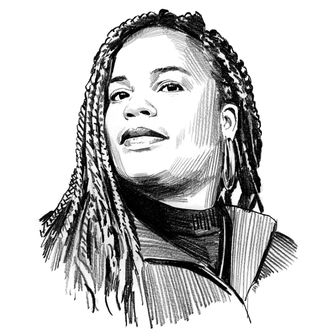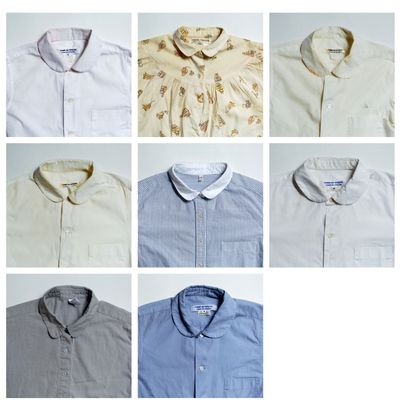
Why do we need a book about clothes? Writer Sheila Heti has a simple answer: “You can’t get around it. You have to get dressed in the morning.”
She’s right. Maybe you don’t consider yourself stylish, or you don’t care at all about fashion; maybe you’re obsessed with clothes, or you think of every piece of clothing as a time machine. Regardless, everyone has some kind of relationship with what they wear every day.
“I was literally looking for a book about how women think about their clothes, how they shop, how they dress, how they choose things,” Heti says. “But there wasn’t any book like that.” So she wrote a list of her questions and sent them to one friend — novelist Heidi Julavits — who sent them to another — illustrator Leanne Shapton — and together the three embarked on a grassroots exploration. First, they enlisted strangers by passing out business cards that said “I like how you dress” with a link to an online survey; then they passed the questionnaire on to friends and fellow journalists. Eventually, the 83-question survey they developed and shared online grew into Women in Clothes, a collection of essays, impressions, and illustrations from women both well-known and not. There’s a little bit of everything, but that’s deliberate — they wanted the book to have “the tone of an art project and this curious, spaghetti-on-the-wall feel,” Shapton explains.
The Cut talked to all three editors about clothes, feminism, and avoiding fashion-speak.
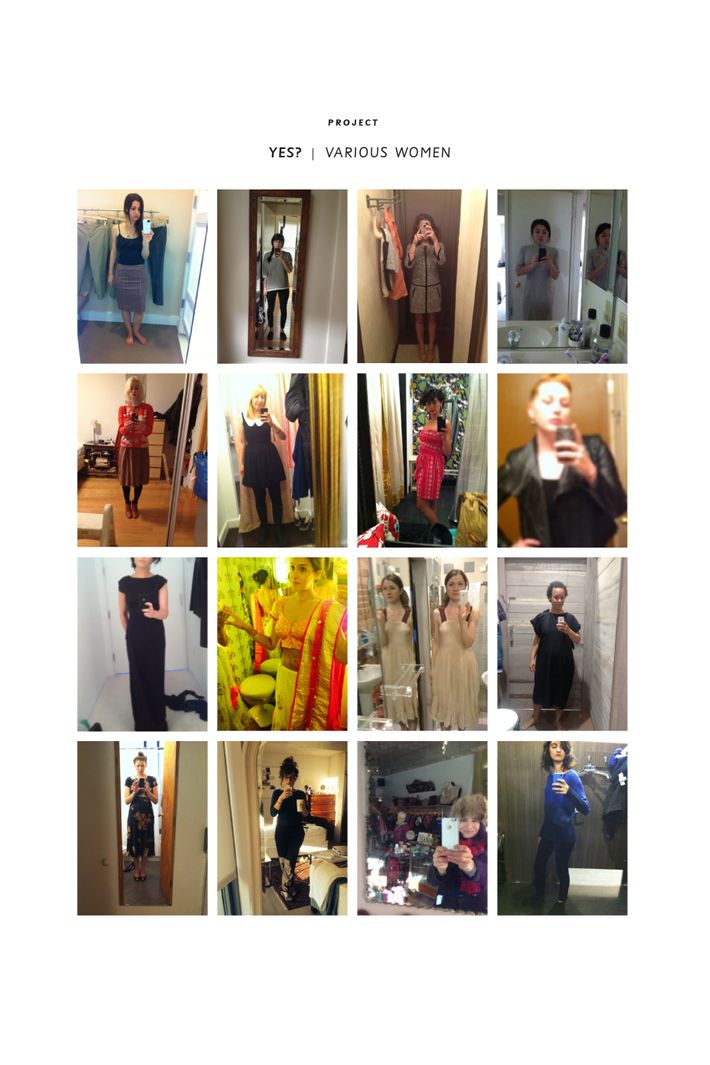
In order to get away from that stereotypical fashion-magazine conversation, what are some things you wanted to avoid asking? And answers you didn’t want to get?
Leanne Shapton: Women expect to be asked like, “Who’s your favorite designer?” And all these quite boring questions do actually get quite boring answers. We could spot it right away because it would sound like something we’d read before and that was something that we wanted to avoid. It’s not an anti-fashion-magazine thing, but we wanted to offer something other than the copy that you found in fashion magazines. And that copy is often crafted to seasonal things: business, whom do you like, what’s out there, what’s there to buy. What commodity can I link to in my answer? How will other women perceive me as cool and on top of the game? That was just stuff that we weren’t interested in at all. We wanted to know, like, “What’s up with that hole in the armpit of your T-shirt?” rather than “Who are you wearing?”
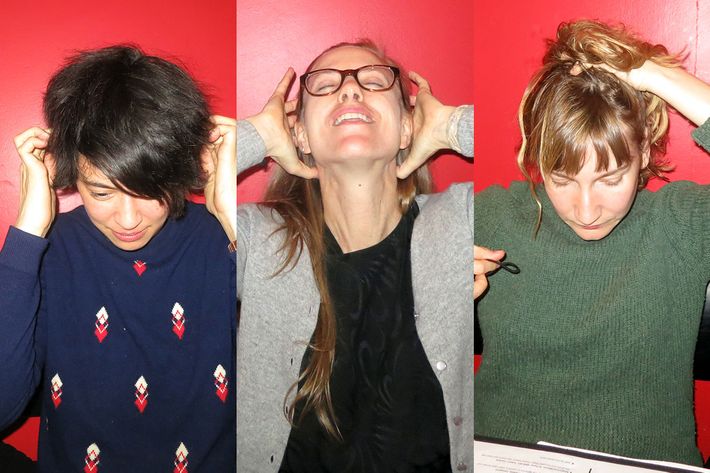
One thing I really appreciated was the diversity of women you polled. Fashion conversations are so often dictated by the same voices — often white, often rich.
Sheila Heti: I think it wouldn’t have been an interesting project if it had just been rich white women. From the very beginning, none of us wanted that. It was a little difficult because the surveys don’t always tell you somebody’s race or somebody’s socioeconomic background or even where somebody’s from. We tried to put questions in like, “How does your family background or your heritage affect how you dress?” But some people wouldn’t answer them. So it wasn’t always clear who was answering the survey in terms of demographics, but we did try to get a good breakdown of interviews in the things we could control.
L.S.: At a certain point, it became clear where the holes were. I think we did a draft of the book in November and then another one in April and then at these stages, we could go, Oh, we’re really missing this voice. I’m really curious about this kind of person. Let’s get a doctor in her scrubs. We need young black women. We need business professionals. I mean, even given all our efforts, we are totally only scratching the surface. There are so many groups and so many types of people in terms of diversity whom we didn’t get, whom we’d love to.
Heidi Julavits: I think in the beginning we really did just think, Oh, we’re just going to work with what we know. This is the demographic we’re a part of. Let’s just stick with that. But then very quickly we got very bored with our demographic. I feel like there’s only so many women from Brooklyn who are writers who you really want to hear what they think about clothes.
S.H.: And it also doesn’t really work in terms of contemporary feminism just to have white women. It’s just not relevant on that level.
Do you think of the book as a feminist statement?
S.H.: To have a book full of interiors that bring intelligence and soul and emotion to these surfaces that we encounter, for me, on a level of feminism, that makes women more sympathetic to each other. You know, so much of dressing is for other women. After finishing the book, I feel much closer to other women. I feel like we encounter the same insecurities or pleasures. It just made dressing less of a competitive sport, I guess.
H.J.: In terms of a feminist statement, I think about, for example, the interview with Ruth Reichl. She used to dress in different costumes for her career as a restaurant reviewer and through doing this really realized how much she could manipulate other peoples’ responses to her as a person and how she actually had chances to succeed as a person depending on what she was wearing and how she presented herself. She is someone who had, prior to this experience, proclaimed never to care about clothes and not to care about clothing, but even so, she very much knew how to dress like an invisible woman — a woman nobody paid any attention to, which was her goal as a restaurant reviewer: to be totally invisible. She talked afterward about how you just can’t, after having that experience, fail to understand how your external self will influence your trajectory through the world as a person with a career, as a person with ambitions and as a person who has a mind. This is a reality that we face. I think it’s about living with that knowledge and coming to a place of comfort with that knowledge. How do you work with this thing? How do you see it as a form of control and empowerment instead of something that’s coming at you from the outside and oppressing you and telling you what to do?
Conversations about getting dressed become very political. Was that intentional or just an unavoidable byproduct?
S.H.: The book ended up being more political than I understood that it would be just in terms of ideas about consumerism. The book is pretty anti-materialistic, I would say, for a book about clothing. There’s this sense that when you buy an article of clothing, you’re connected to this woman in this factory whom we interviewed. It’s not a thoughtless thing that can happen after you read this book. There’s an interview with Mac McClelland where she talks about how she learned about the gaps in labor practices when she was a teenager and that politicized her. I mean, that for me is part of feminism, too. Style is not only what you look like, but what the politics of your dress are in terms of where you shop, how often you shop, how much money you want to spend, where you spend your money. That’s all something people thought about and talked about in the book.
L.S.: But, for all of this talk — we’ve been talking about it in very serious ways — it’s a very fun book to page through.
How would you describe your personal relationship to style and clothing?
S.H.: When I was a teenager, I just wanted to be a brain in a jar and I guess my fashion is related to that early desire. But I do like rings. I think I really like the ring section of the book. I don’t like necklaces and I don’t like bracelets — nothing that jangles. But a ring seems like a very special thing. I like rings as things I want to remember, like someone might write something on their hand. I once did an interview with a famous woman who I felt had sort of ruined her life with her fame. And I bought this ring the very next day at a flea market with a black jade stone just to remind myself of, I don’t know, her and the darkness of that kind of fame and success and achievement. I use rings as a way of remembering something, like writing on my hand.
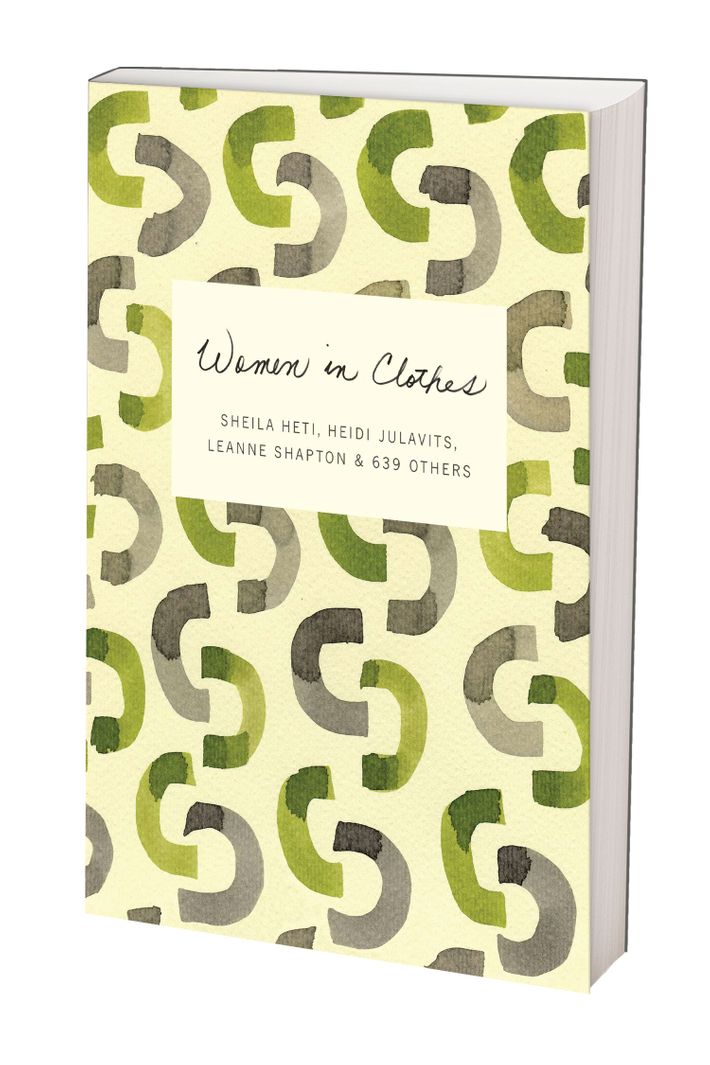
Can people still contribute? Is this ongoing or will this be the only volume?
S.H.: We put the survey on our website; actually, it went up today, so people could fill out the survey. And, for those contributors who want to, they read the entire survey of the contributors to the book, which can be read by question or by person. So hopefully in a few weeks we’ll have that with lots of surveys up.
H.J.: I talk about this woman all the time, but I think if I talk about her enough maybe she’ll come out of the woodwork. There’s this woman, this totally stylish woman in the Charlotte airport who was in the army and she was just wearing her uniform, but she looked so … I don’t even know how to explain it, but she looked so unique in her uniform and, to the point of seeming kind of like a stalker, I kept giving the card to her and begging her to fill out the survey. She never did. But maybe now she will!
This interview had been edited and condensed.


